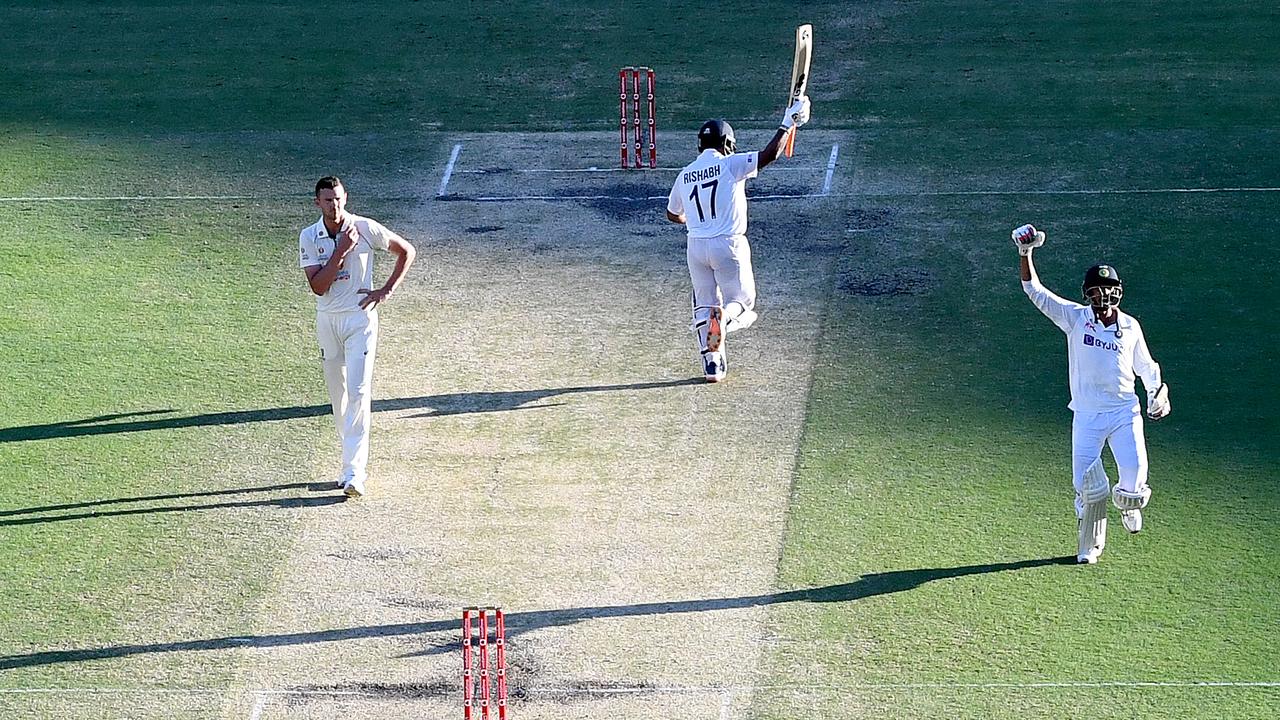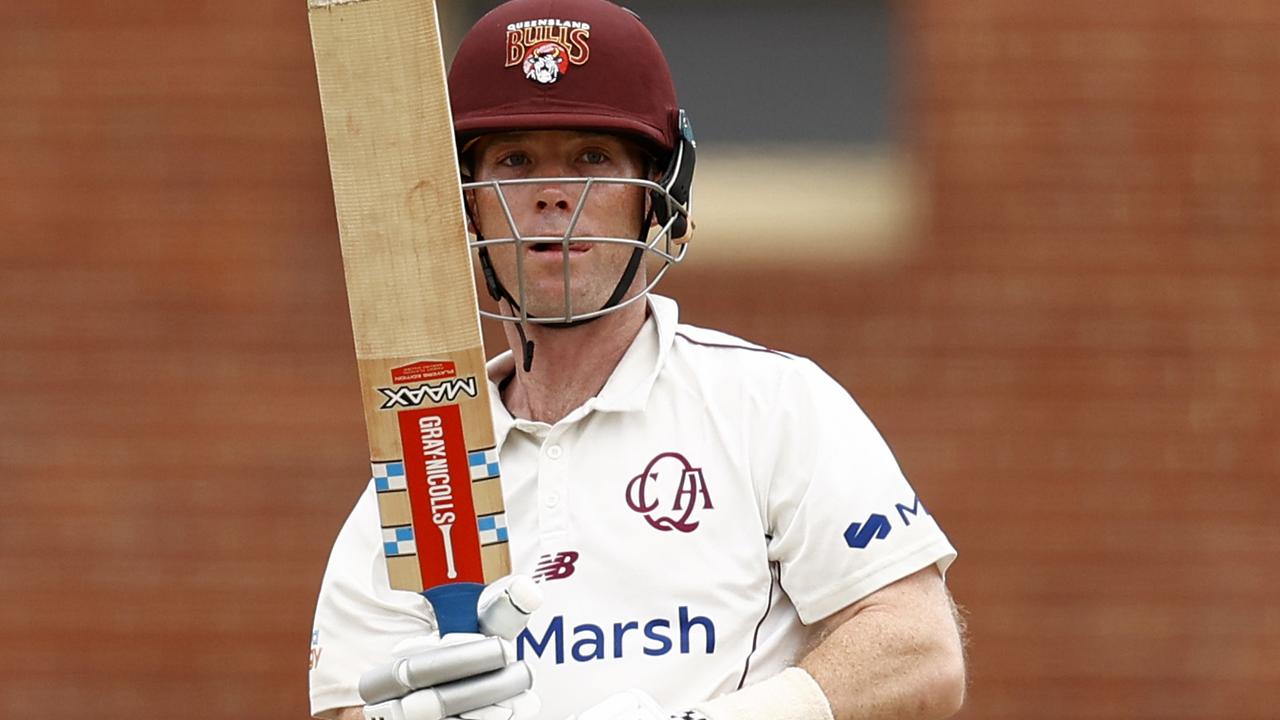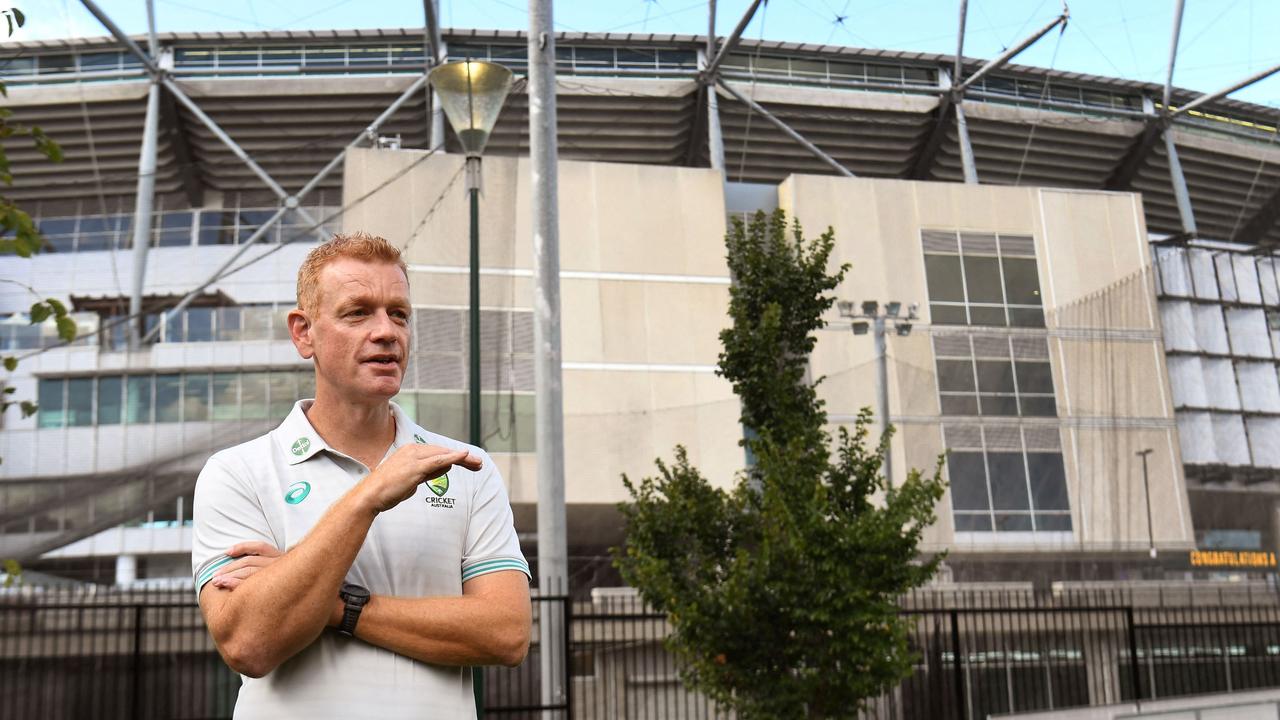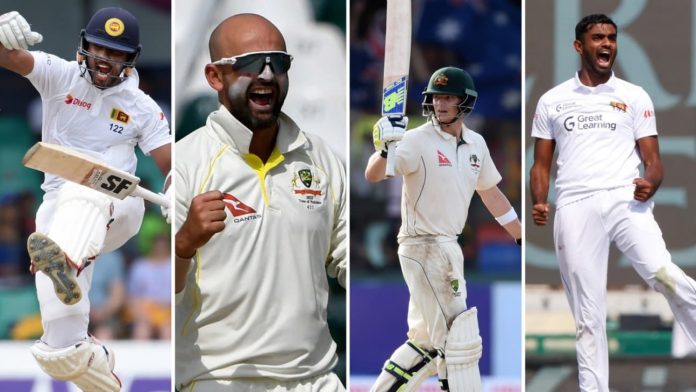Australia’s ugly collapse could trigger a major shift… and put these Test stars in the firing line
The term “horses for courses” has never gone down well within cricket circles.
For players, it breeds uncertainty and friction and doesn’t always allow for batters or bowlers to build rhythm and confidence.
But after two extraordinary Tests in Sri Lanka, that could well be the way of the future for the Australian cricket team. Well, at least, for next year’s tour of India anyway.
While tours of the subcontinent often invoke fierce debate around selection given the foreign conditions, Australia’s home four-Test series in 2020-21 against Ravi Shastri’s side revealed plenty, too.

Initially it worked, as Australia smashed India at the Adelaide Oval. But while they had chances at the MCG, Ajinkya Rahene’s-led Indian side won the second Test and went on to claim the series 2-1.
It left Australia searching for answers and their decision to go in with the same attack was one reason provided for their series defeat.
One year later, Australia’s selectors returned to the method they used in England in 2019 where they managed to retain the Ashes after their best tour of the United Kingdom in 18 years as Tim Paine’s men drew the series 2-2. Throughout the campaign, Peter Siddle and Mitchell Starc rotated in and out to great effect.
Although Covid and injury played a role in selection changes, that same method was used during last summer’s 4-0 humiliation of England, where Australia’s bowlers were changed throughout the campaign depending on the conditions.
Scott Boland’s extraordinary debut at the MCG was one example of Australia’s selectors taking a horses for courses approach.
But rarely has Australia considered deploying that same approach with its batters.

Yet now, off the back of their dramatic 1-1 series draw with Sri Lanka where Australia capitulated on day four and were bowled out after just 41 overs to lose by an innings and 39 runs, Australia is weighing up whether to take the same approach going forward in India early next year.
The discussions have been brought about after a few failures became a re-emerging trend with some, with opener David Warner and middle-order batter Travis Head in the firing line.
While both left-handers starred during the recent Ashes, they struggled in Sri Lanka after modest campaigns in Pakistan.
Head, in particular, had a fall from grace as he failed to score a half-century across five Tests, where his top score was 26. During his three innings in Sri Lanka, Head’s top score was 12.
Warner, too, wasn’t able to go on with his starts, managing two half-centuries in Pakistan before making just 64 runs in four innings in Sri Lanka.

The numbers are just as unflattering when you examine their overseas records, with Warner averaging just 34.01 overseas across 46 Tests and Head 21.69 from nine matches. In India, Warner has 388 runs at 24.25 and has yet to score a century.
The numbers paint a grim outlook ahead of the tour to India, with two of its top five players struggling in the spin-friendly conditions.
Their struggles came with Glenn Maxwell’s highly publicised late inclusion for the Sri Lanka Test series, where he was called up during the white ball series after Head’s hamstring complaint.

Ultimately Maxwell, who has a century from four Tests India, was left to carry the drinks.
His late inclusion however pointed to Australia’s selection panel, led by George Bailey, thinking about playing the short-format star, who has been in brilliant form in the IPL yet hasn’t played a Sheffield Shield fixture in years.
Speaking to reporters following the fourth day drama in Galle, Cummins said they would “within reason” consider a horses for courses approach in India and pointed to Josh Hazlewood’s exclusion for the series.
“You see that with the bowlers, someone like Josh Hazlewood sitting on the bench. Glenn Maxwell was a conversation around his batting for this game, so absolutely,” Cummins said.
But Cummins acknowledged the difficulty of a tour of India was that because the conditions are so foreign it’s difficult to know what you’re going to get unless you give someone a go.
“The challenge with playing in Asia as well is unless you give people a go, you don’t know how someone like a Greeny (Cameron Green) can come out and show he’s well up to the task. Others might take a bit longer,” he said.
“So I think it’s striking that balance. Even guys who didn’t do as well as they’d have hoped, it’s two more Test matches under their belt that they’ll learn from.”
Cummins added: “I think we got a lot of lessons out of it to take to India next year.”
WHO IS STANDING UP
The issue, of course, in all of this is, who is standing up?
It’s all well and good to try and include players primed to succeed in places like India and Sri Lanka, but there’s a reason why few Australian sides have succeeded: it’s tough.

The great Australian team of 2001 under Steve Waugh, who were on a 15-match winning streak ahead of their tour to India in 2001, tried and failed in India.
Three years later they returned and won. But this was one of cricket’s great teams.
Since then no Australian team has won a series in India, while Australia beat Sri Lanka in 2011 before being whitewashed 3-0 in 2016.
Along the way many fine players, including Warner, have failed.
Ricky Ponting averaged just 26.48 across 14 Tests in India and scored just one century. In 2001, he made just 17 runs from innings and fell for three ducks.
On the recent Australia A tour of Sri Lanka, Jimmy Peirson and Henry Hunt were the only two century makers from two unofficial Tests.
Peirson only played the second match, hitting an unbeaten 67 and backed it up with a second-innings 128 not out.

Hunt, however, made a pair in the first Test and 28 in the first-innings before a saving-grace 107 in the second-innings.
Josh Philippe made two half-centuries in the first match, too.
But otherwise Australia’s batters struggled, with former openers Matthew Renshaw and Marcus Harris not passing 40 in both Tests.
Nic Maddison, too, made just one half-century but otherwise missed out.
Peter Handscomb, who averages 38.91 across 16 Tests and has a half-century in both India and Bangladesh, did not play in the two unofficial Tests. He averaged 28.28 during four Tests in India in 2017.

Mitch Marsh, too, was forced to carry the drinks in Sri Lanka but has had limited success in Test cricket with the bat, particularly in India where he averages 12 from four innings in 2017.
His brother Shaun, meanwhile, who will be nearing 40 by the time the series rolls around and has signed a one-year extension deal with Western Australia after leading them into the final, has a century in Sri Lanka but averages just 18.87 from four Tests in India.
The unknown quantity in all of this is Will Pucovski, who unfortunately wasn’t a part of the touring party to Sri Lanka and still has questions over his future in the game. But he could yet come into the selection frame if he stays healthy.
Andrew McDonald said conversations around the make-up of the side were important and would take place down the track, but for now the first-year head coach didn’t want to predict who would and wouldn’t be in the team.
“It’s the balance of your side,” McDonald said. “How many left-handers, how many right-handers. There are always things that are factored in. We felt like we picked the best teams for these two opportunities. We won one, we lost one.
“We have got to go away and make sure that we are asking ourselves the right questions as a selection panel and a coaching group. Those conversations will happen further down the track.
“It’s not the time or place to start to predict what’s going to happen that far in advance. But definitely the home summer makes a lot more sense for us. It’s our home. We have a fair idea as to what that looks like.”

Asked directly on Head’s future in the team, particularly looking at India, McDonald said the left-hander was working on his game and had made changes to his batting even if they did not pay off in the middle.
“He’s here for the first time, he’s been exposed to conditions that are very foreign,” McDonald said. “We saw him add the sweep shot in during this innings. He’s been working incredibly hard on his game.
“Sometimes, you make one small error and you are not there to actually see if your method works or not. So, the first 20-odd balls here are always difficult and challenging, and it’s hard to judge when you don’t actually get through that.
“So, there’s definitely been a shift in his game in terms of how he wants to play in these conditions. So, we are optimistic that across the journey, if given more time, that that can no doubt work.”
A bit of perspective is, however, needed.
“One-all, we’re disappointed,” McDonald said. “We missed an opportunity in the first innings and then it compounds when they play well and apply themselves with a little bit of luck. We spoke about a 100-run lead and if we could keep them around that. If it got any further past that it was always going to be difficult.
“What I will say is this group, from Pakistan to Sri Lanka, two wins, two draws and one loss across five Tests is still a fair achievement when you take in historical events and how difficult it is to win in these conditions.”








